RECOMMENDED NEWS
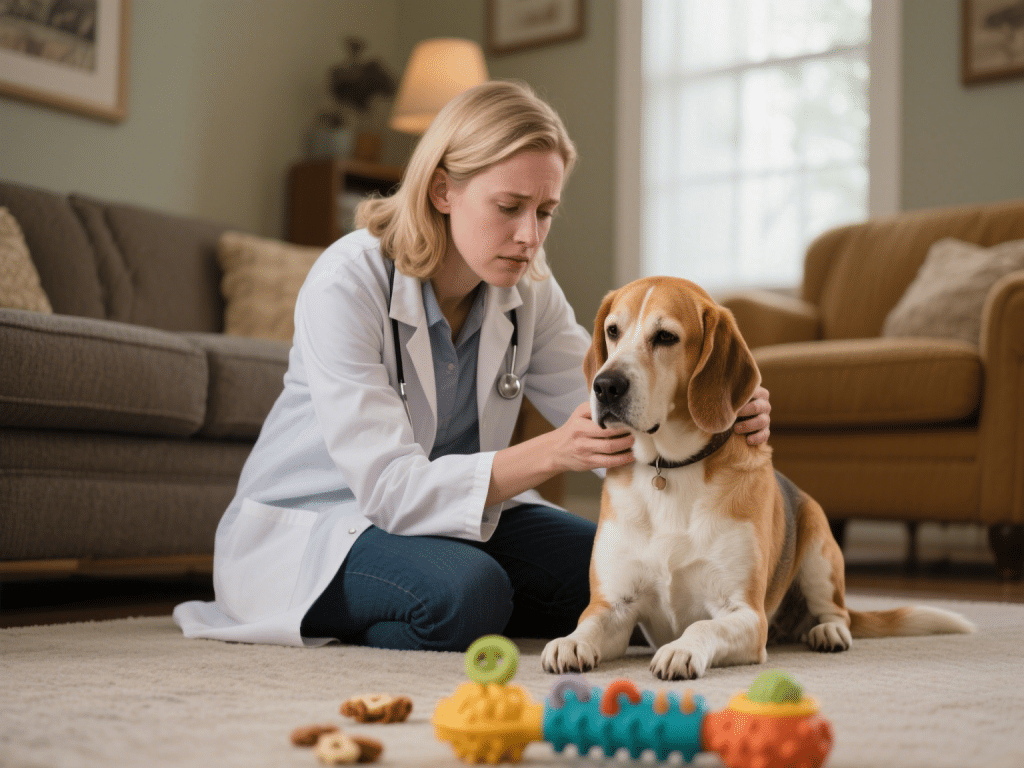
Managing Canine Separation Anxiety: Proven Calming Techniques
Many dogs experience separation anxiety when left alone, exhibiting destructive behavior, incessant ...
Read More →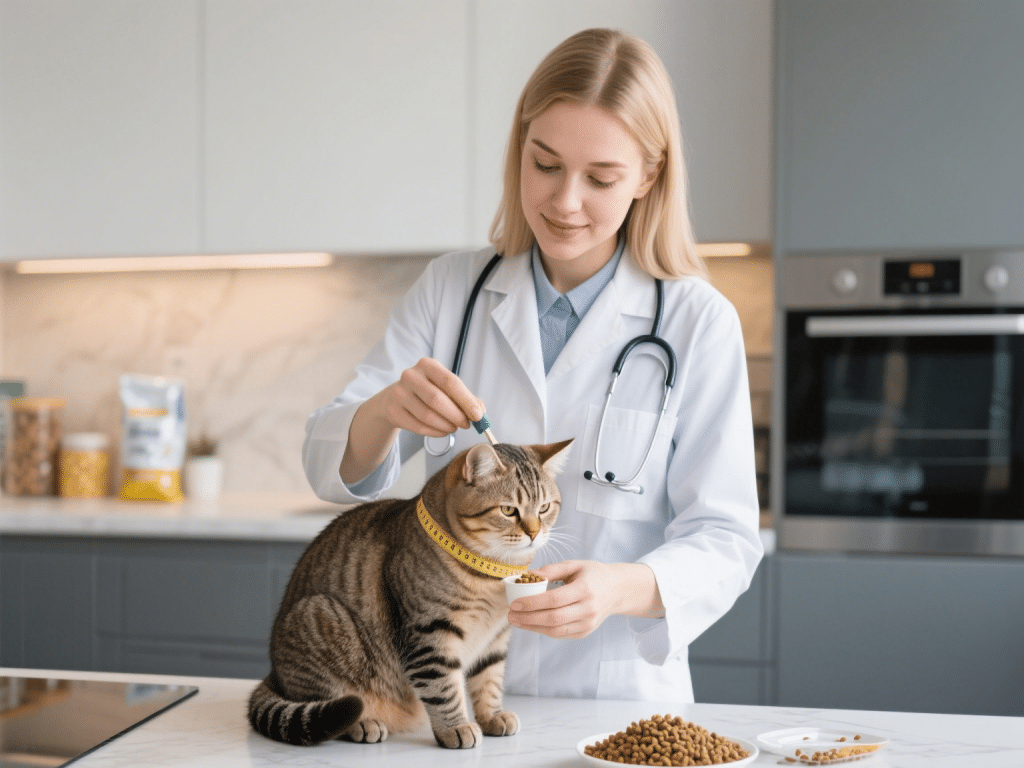
Indoor Cat Weight Management: Healthy Habits for Overweight Felines
Obesity affects nearly 60% of indoor cats, predisposing them to diabetes, hepatic lipidosis, and joi...
Read More →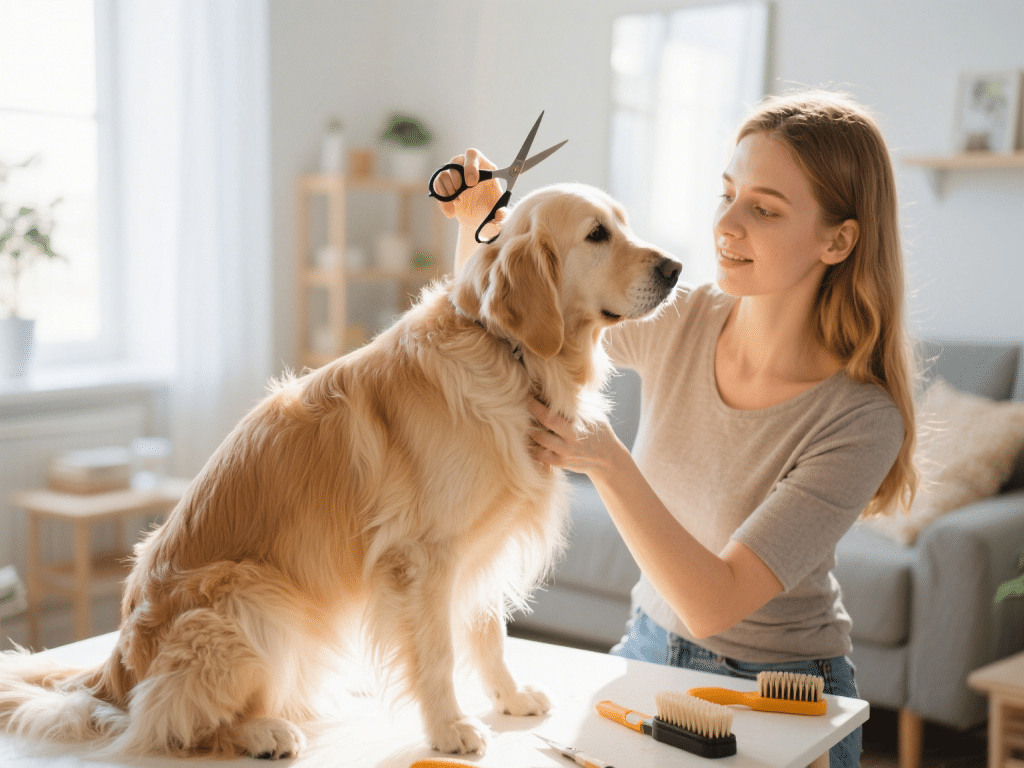
How to Groom Long-Haired Dogs at Home: Tools and Techniques
IntroductionLong-haired dog breeds—such as Afghan Hounds, Shih Tzus, and Yorkshire Terriers—requ...
Read More →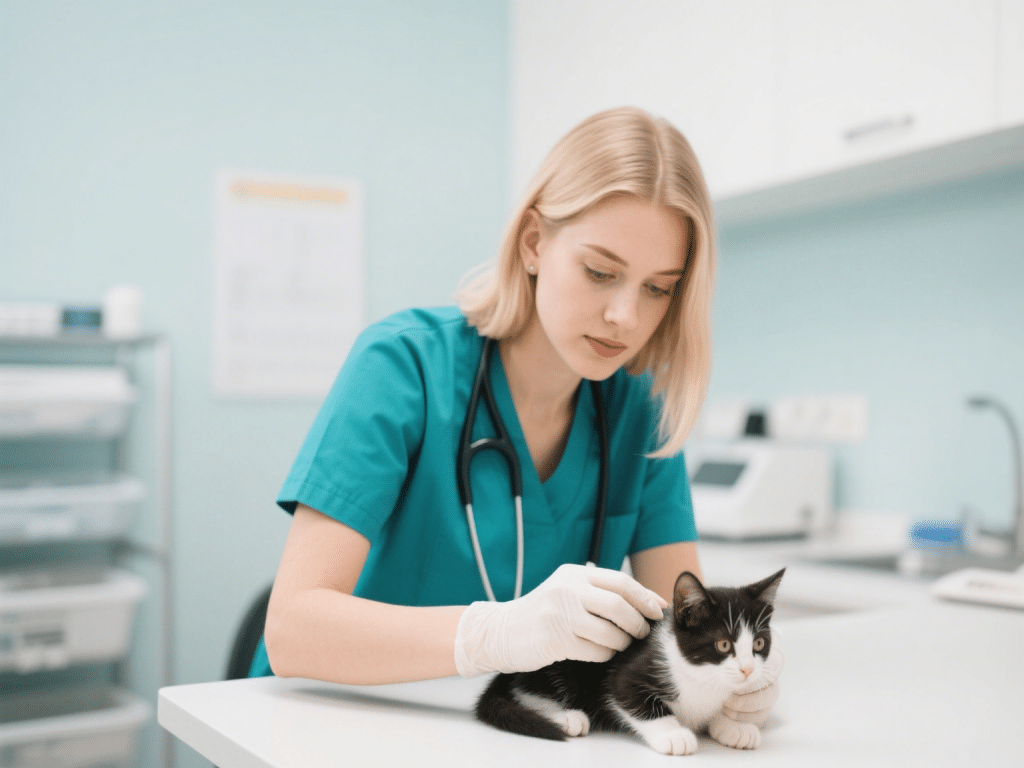
Preventing Kitten Flea Infestations: Vet-Recommended Strategies
IntroductionKittens are especially vulnerable to fleas—they can suffer anemia, dermatitis, and tra...
Read More →
Are Essential Oils Safe for Pets? What You Need to Know
IntroductionEssential oils offer aromatic benefits for humans—relaxation, improved mood, and insec...
Read More →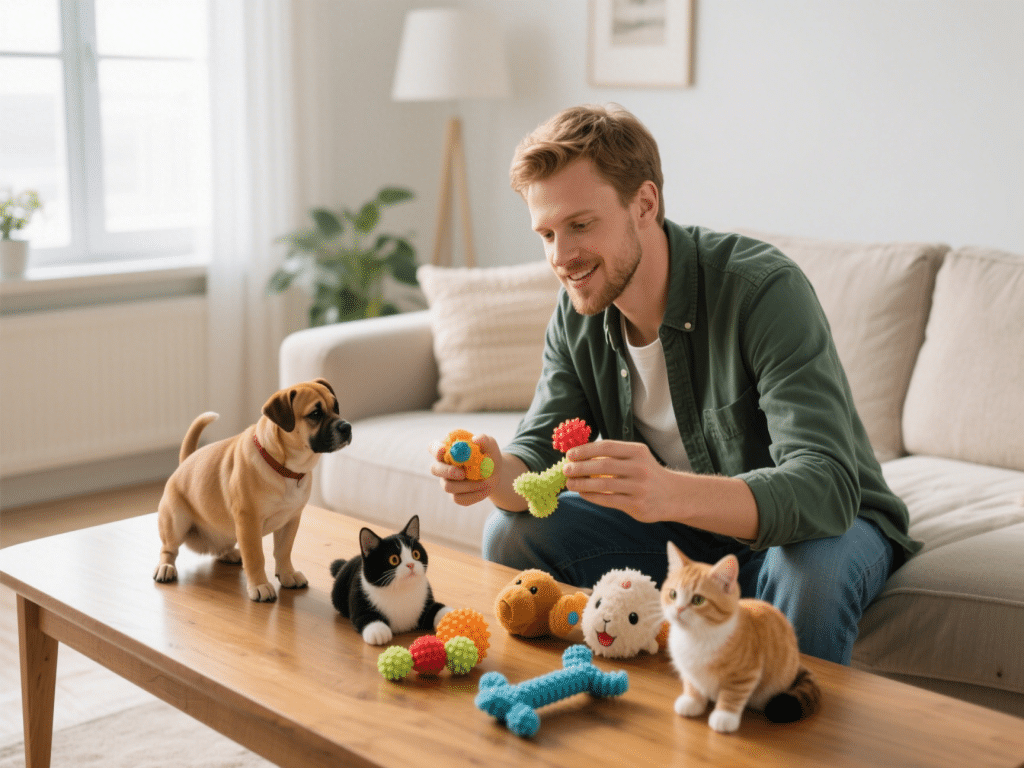
Pet Toy Safety Guide: What to Avoid and What to Look For
IntroductionChoosing the right toy for your pet means more than just entertainment—it’s a matter...
Read More →
How to Make Homemade Frozen Dog Treats for Hot Days
IntroductionWhen temperatures soar, dogs can overheat quickly. Frozen treats not only cool them down...
Read More →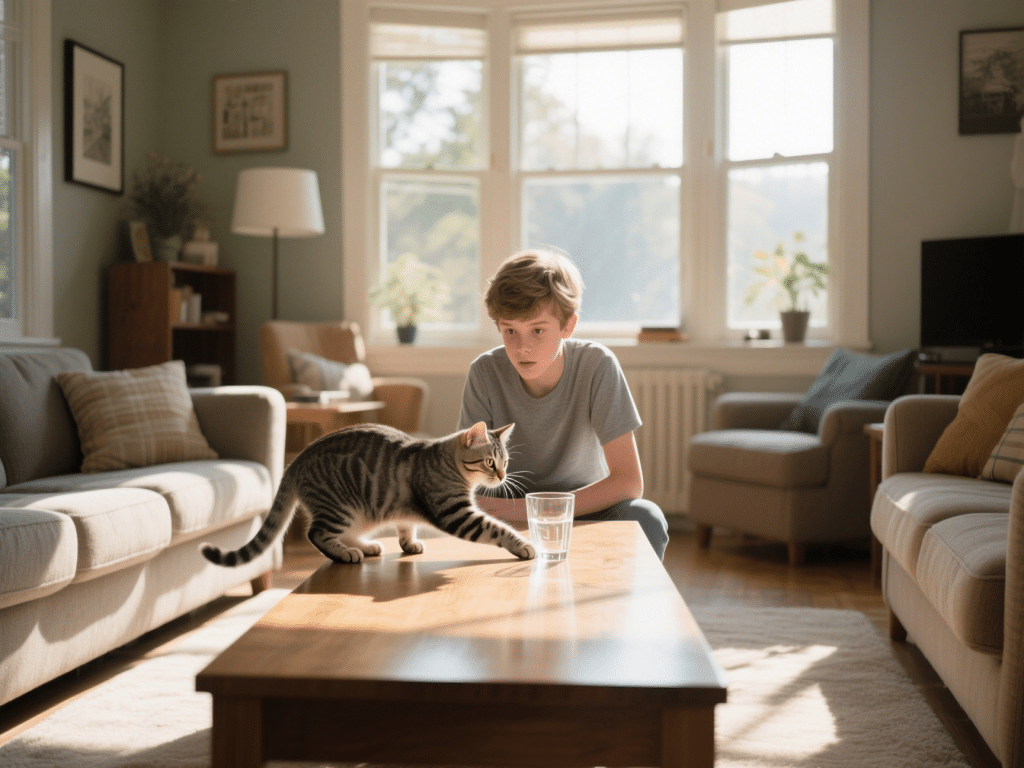
Why Do Cats Knock Things Over? What It Really Means
IntroductionIf you’ve ever wondered why your cat swats a glass off the counter or pushes a framed ...
Read More →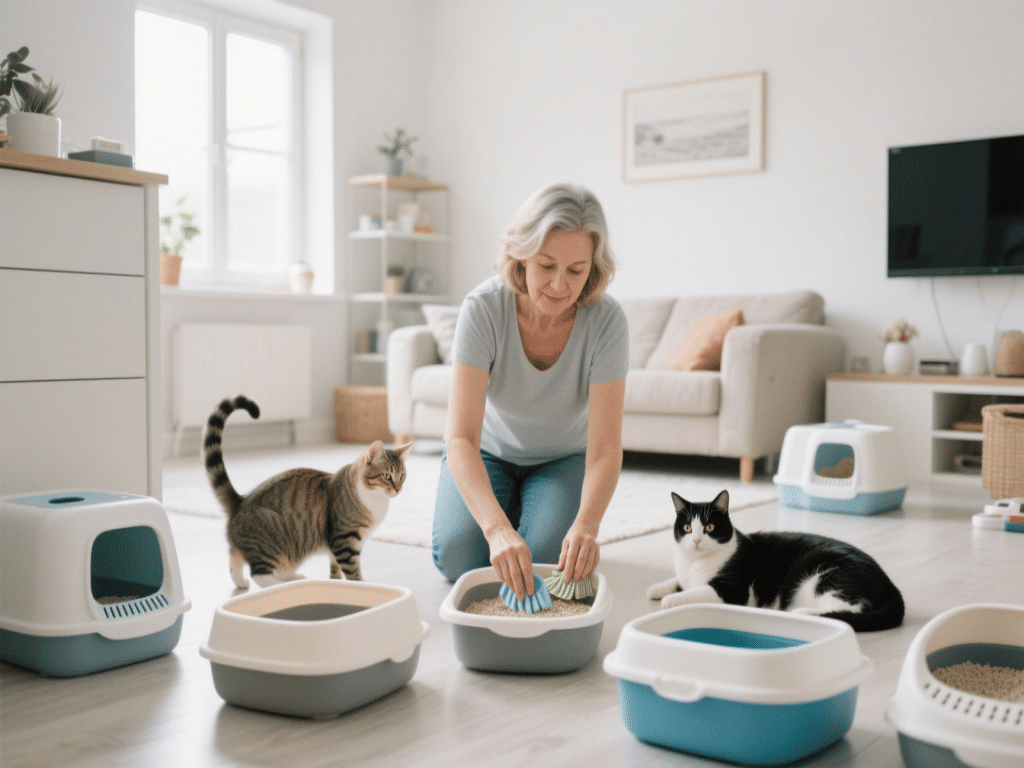
Nutrition Essentials for Pregnant Cats: Supporting a Healthy Litter
Pregnancy is a critical period for cats that requires tailored nutrition to support both the mother ...
Read More →
Comments on "Strategies for Preventing Dog Leash Reactivity on Walks" :